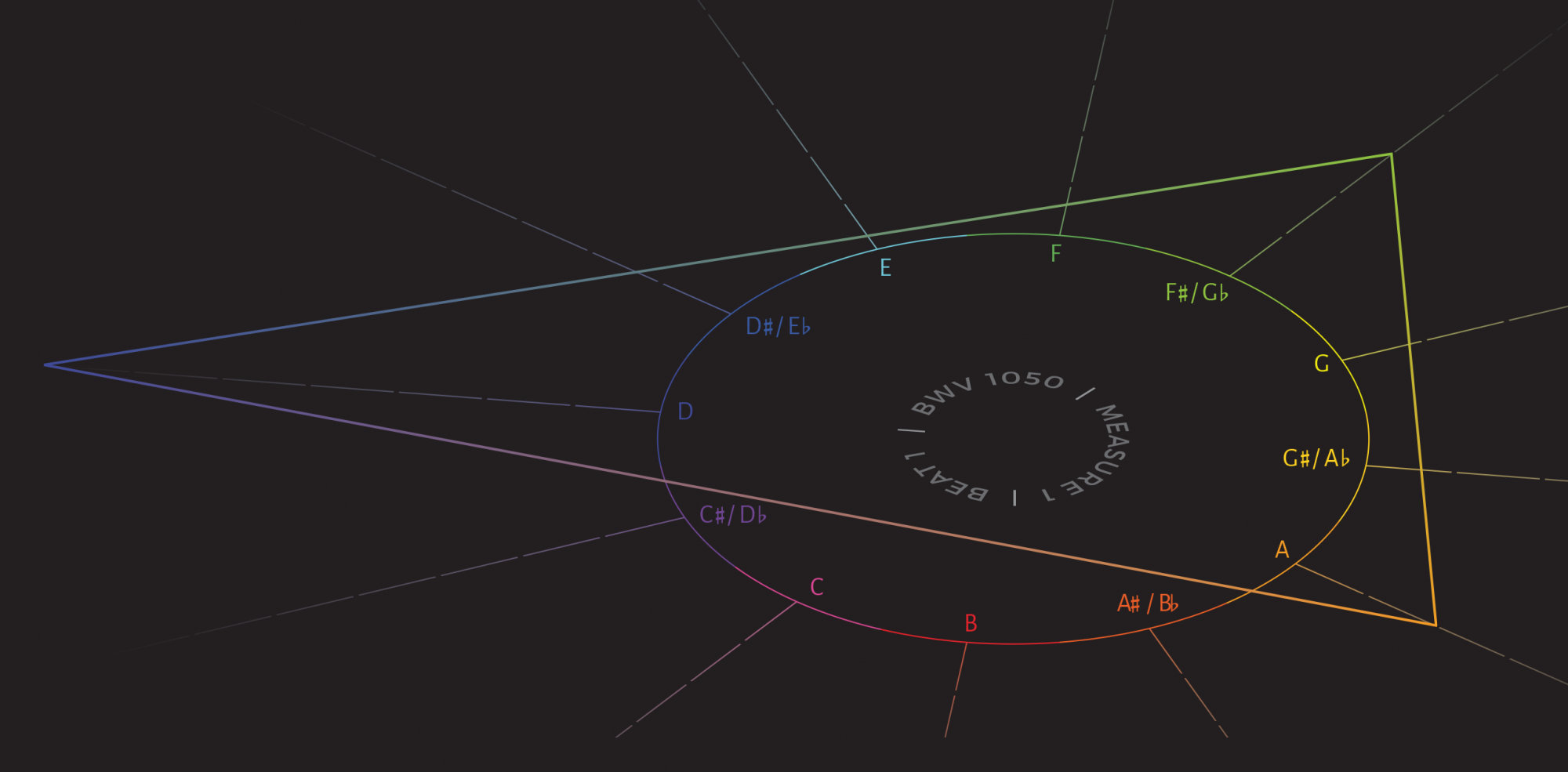One of our chief initial motivations for assembling a special symposium of peer-reviewed vignettes was to contribute to the growing trend of focused, shorter-form analytical discourse that has begun to arise in the field through formats like lightning talks and panel discussions, as well as publication outlets like SMT–V. We wanted to open a space in our publishing ecosystem that would be accessible to a wider range of scholars, kinds of music, and analytical approaches, enabling scholars to contribute fascinating and worthwhile ideas about individual works or small groups of works without necessarily creating involved and highly specific new tools or methodologies. After all, many of our own most memorable discoveries and conversations with our colleagues involve special or unique features of individual works, but if those discoveries do not form the basis for a larger, more cohesive publication agenda, they usually remain nothing more than anecdotes or lesson plans. Through the launch of this symposium, we hoped to provide a written forum for developing these kinds of curiosities into detailed published analyses, contributing productively to our scholarly discourses about specific works.
The final form of this symposium has more than fulfilled this initial vision of creating a space for focused analytical discourse on a variety of different musics, and we are happy to contribute to ongoing efforts to shape the genres of academic writing and publishing. While the symposium is ordered alphabetically by last name, here we highlight some resonances among various vignettes.
Narrative plays a prominent role in a few of these works. Xieyi (Abby) Zhang highlights the interrelations between PR and fifth-related harmonic motion in a set of duets by Dvořák to trace out a narrative trajectory from an initial state of hope to a final state of grief, while Morgan Patrick explores the idiomatic use of i – IV progressions for narrative purposes, which he terms the “Fantasy Fifth,” in contemporary film music. In a more hermeneutic vein, David Keep highlights the intertextual implications of a quotation from Clara Schumann’s Op. 7 piano concerto in Robert Schumann’s “Im Wunderschönen Monat Mai,” drawing out a nuanced reading of the song that engages poetic themes of presence, absence, interiority, and longing.
While less strictly in the vein of traditional narrative studies, several vignettes study formal trajectories and structures in various repertoires. Working within traditional Formenlehre theories, James MacKay blends both Caplinian and Hepodarcian approaches, mediating between them with applications of Janet Schmalfeldt’s becoming in order to unpack ambiguities and dual-functioning units in the first movement of Haydn’s Op. 64, No. 2 string quartet. Samuel Ng uncovers a novel way of navigating Hepokoski and Darcy’s trimodular block in the Op. 5 piano sonatas of Helénè de Montgeroult, showing how Montegeroult illustrates her pedagogical emphasis on the singing style by centering bel canto techniques “like a gem uncovered from an opaque case” in the third and final module. Working outside of those theories, Hei-Yeung (John) Lai examines the formal and contrapuntal processes at play in two songs from the ’au tahana panpipe repertoire of the Solomon Islands’ ’Are’Are people, and Michael Boyd analyzes Iannis Xenakis’s Charisma with respect to two continua of sonic oppositions—one of harmonic and noisy timbres, the other of constant and contoured dynamics—charting trajectories on both local and global formal levels. Lastly, turning to tonal/harmonic aspects of form, Chris Segall addresses Liszt’s “Bagatelle without Tonality,” a work that has been analyzed in eight different keys by Western scholars. Segall adopts and defends a ninth hearing of the work—in B minor—posited by the Russian music theorist Yuriy Kholopov.
Several of our submissions prove the enduring interest of motivic analysis as well. Kyle Hutchinson highlights the use of motivic pendular thirds in Florence Price’s Piano Sonata in E Minor, noting how Black musical emblems exist in harmony with, rather than in opposition to, Western classical structures. In an exploration of Clara Schumann’s Four Fugitive Pieces, op. 15, Jeffrey Swinkin demonstrates ways in which the set is both cyclically integrated—particularly through the use of shared motives between movements—and questions its own status as a unified cycle. And Rich Pellegrin analyzes Brad Mehldau’s improvisation on the jazz standard “All the Things You Are,” engaging concepts of salience and stability and providing a perspective on Mehldau’s dissonance treatment through the lenses of Schenkerian and Salzerian theory.
Finally, two more vignettes engage aspects of analysis that go beyond the music itself. Leah Amarosa’s semiotic approach analyzes John Adams’s China Gates through a combination of pitch-class set and neo-Riemannian theories, demonstrating how various elements of musical continuity signify rain. And Mark Gotham provides a pedagogically-oriented analysis of John Joubert’s O Lorde, the maker of Al Thing, a work Gotham contends has remained firmly ensconced in the “local canon” of Anglican choral music, but that provides a useful model for exploring twentieth-century modal language in the music theory classroom.
These divisions are, of course, artificial and overlapping. John Lai’s work on counterpoint and cyclic process in ’Are’are music is of course deeply informed by ethnographic approaches that consider cultural and historical contexts, Leah Amarosa and Abby Zhang both use neo-Riemannian methods, and any analysis of motive necessarily engages on some level with formal structures. Nevertheless, we hope that summarizing a few of these connections will spark the reader to consider their own mappings of this collection of fascinating and varied submissions, to propose their own groupings and subgroupings, and to hear conceptual resonances beyond the collection and into the wider field.
The support for this symposium has been overwhelming. We received an enormous number of submissions for this project—so many, in fact, that we found it necessary to bring on a guest editor for this symposium to aid with editorial and administrative duties. We are grateful to Andrew Blake for the massive service he has provided in fulfilling this role. Additionally, we are grateful for the support we have received from our dozens of outside reviewers, from the many authors who submitted their work for review, and from Intégral staff. We are tremendously proud of the varied, creative, and innovative work displayed here. It is our earnest hope that you enjoy this special symposium and learn as much from its authors as we have.
Derek J. Myler & David Falterman
Vol. 36 Co-Editors
Andrew Blake
Symposium Guest Editor

